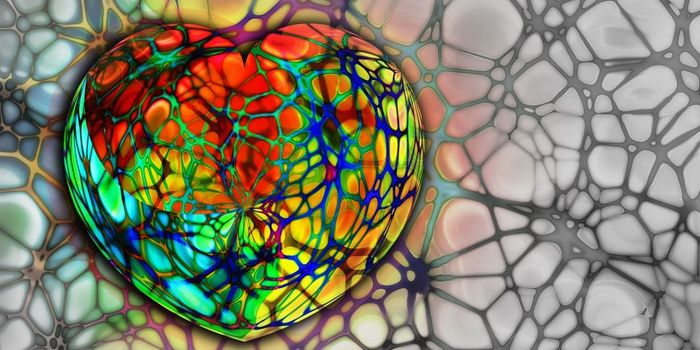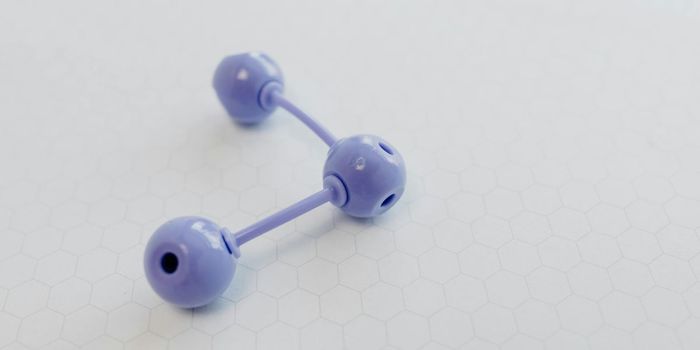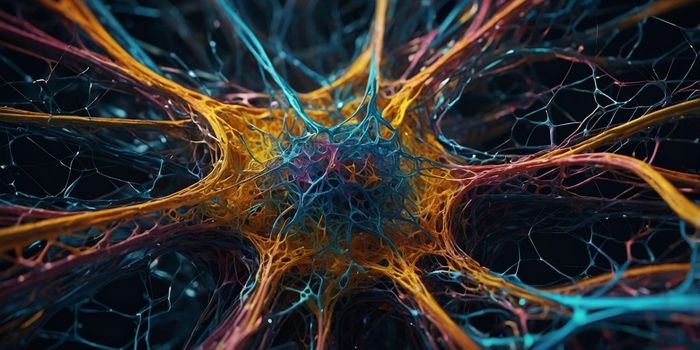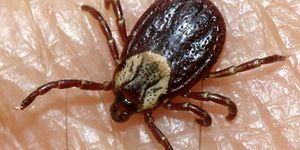When Dr. Ravi Allada, a circadian rhythms expert, was looking at a mutant fruit fly fifteen years ago, he began his quest to discover how an animal's biological clock wakes it up in the morning and puts it to sleep at night. The clock's mechanism is like a light switch. Recently Allada and his research team did a study of brain circadian neurons that govern the daily sleep-wake cycle's timing and discovered that high sodium channel activity in these neurons during the day turns the cells on and ultimately awakens an animal High potassium channel activity at night turns them off, enabling the animal to sleep. The same sleep-wake switch appears in both flies and mice, according to an article in
Science Daily.

According to Allada, professor and chair of neurobiology in the Weinberg College of Arts and Sciences at Northwestern University, "This suggests the underlying mechanism controlling our sleep-wake cycle is ancient. This oscillation mechanism appears to be conserved across several hundred million years of evolution. And if it's in the mouse, it is likely in humans, too."
According to
Sleep.org, one’s circadian rhythm (also known as the sleep/wake cycle or body clock) is a natural, internal system designed to regulate feelings of sleepiness and wakefulness over a 24-hour period. This complex timekeeper is controlled by an area of the brain that responds to light, which is why humans are most alert while the sun is shining and are ready to sleep when it’s dark outside.
Allada believes that better understanding of this mechanism could lead to new drug targets to address sleep-wake trouble related to jet lag, shift work and other clock-induced problems. Eventually, he and his colleagues think it might be possible to reset a person's internal clock to suit his or her situation. The researchers describe the cycle as a "bicycle" mechanism: two pedals that go up and down across a 24-hour day, conveying important time information to the neurons. They found the two pedals, a sodium current and potassium currents, active in both the simple fruit fly and the more complex mouse. The findings were published in the August 13 issue of the journal Cell.
According to Matthieu Flourakis, the lead author of the study, "What is amazing is finding the same mechanism for sleep-wake cycle control in an insect and a mammal. Mice are nocturnal, and flies are diurnal, or active during the day, but their sleep-wake cycles are controlled in the same way."
The researchers discovered that when sodium current is high, the neurons fire more, awakening the animal, and when potassium current is high, the neurons quiet down, causing the animal to slumber. The balance between sodium and potassium currents controls the animal's circadian rhythms.









